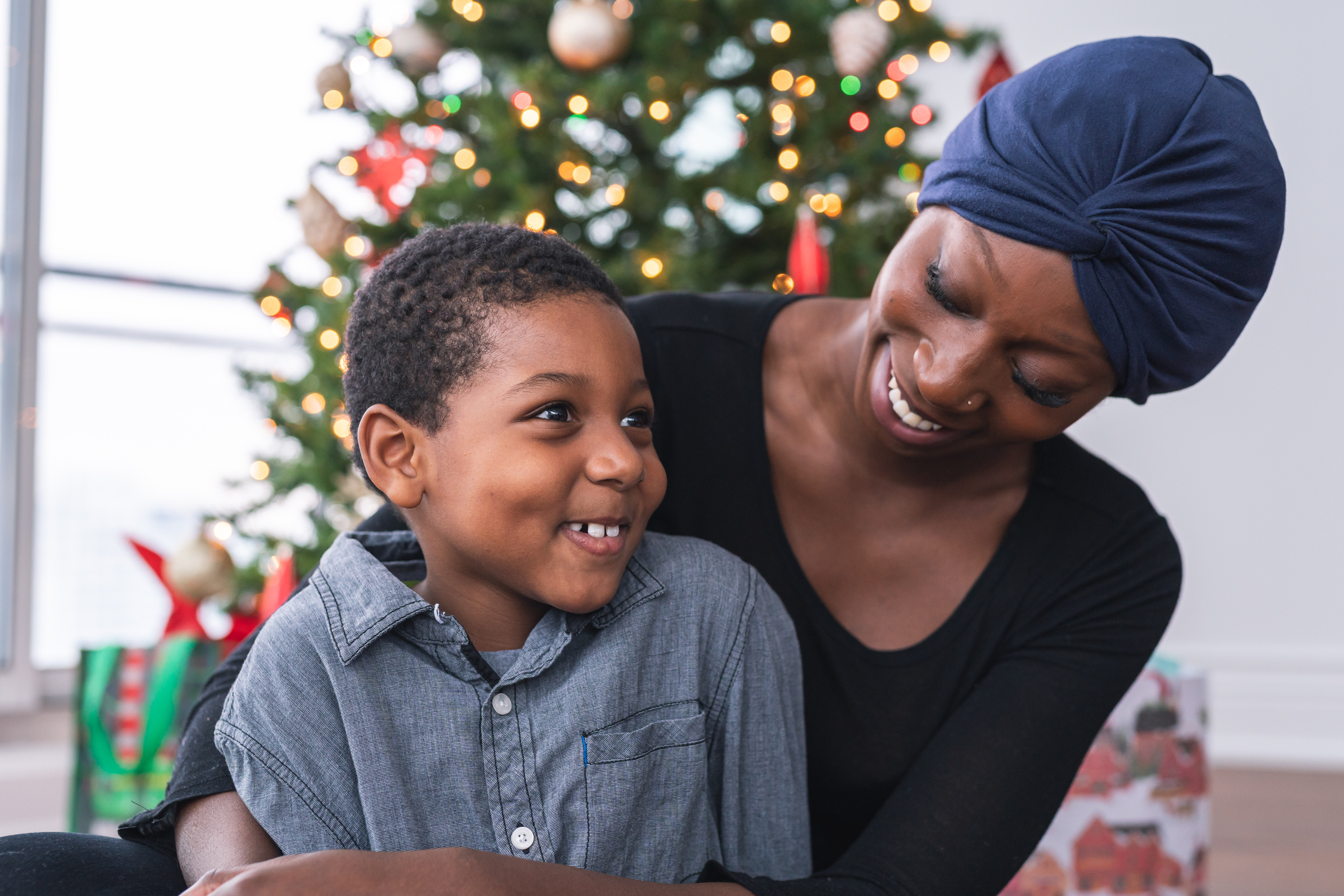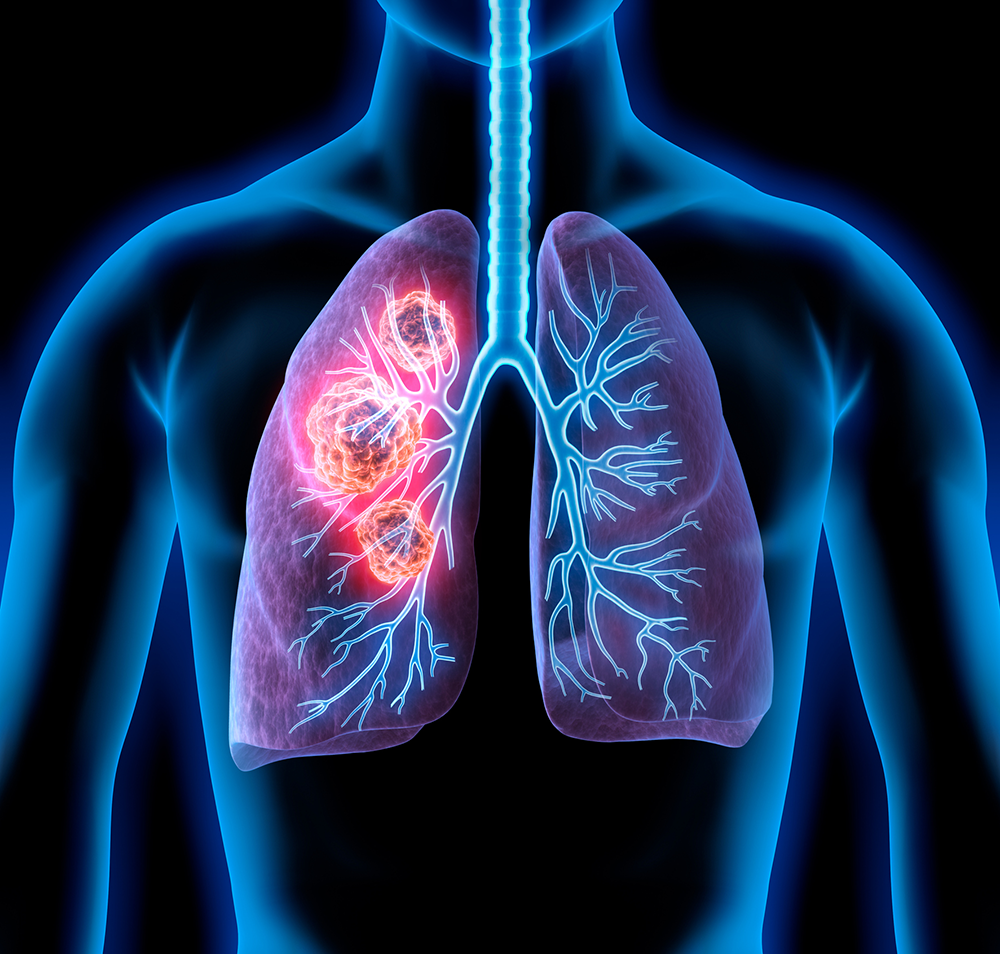On October 4, 2016, Hurricane Matthew made landfall in Haiti as a Category 4 storm with winds at 130 mph, killing more than 1,000 people, destroying homes and schools, and devastating Haiti’s natural resources. Before the hurricane was even on the radar, Minnesota Oncology nurse Eve Varghese and her husband Justin had already planned to travel to Haiti on a medical mission trip. Despite warnings of heightened spread of disease and decreased access to parts of Haiti, the couple decided to continue with their plans to provide medical assistance to the people of the hurricane-ravaged country.{image_1}
It was something Eve says she has been wanting to do, so she had done her research and settled on Missions of Hope Haiti, an organization with efforts focused on educational development, health care, orphan care, nutrition, and church advancement in Haiti. “I had heard about other people going on volunteer trips, and I was inspired by them,” Eve says. “I knew I wanted to do a medical trip overseas, and I found a lot of need in Haiti.”{image_2}
When Eve and her husband agreed to leave on October 13, 2016 for a 10-day trip to Haiti, she had no idea they would be traveling into the aftermath of a massive hurricane. The travel clinic doctor who examined Eve and Justin warned them not to travel to Haiti at that time. “The risk is so much greater after a hurricane because of all of the water,” Eve explained. “The parasite-borne illnesses such as cholera spread much more quickly.” In addition, she knew someone who had traveled to Haiti in August and contracted the Zika virus. Despite the warnings from medical professionals and their families’ expressed fears, Eve and Justin decided to continue with their planned trip. Of the original 25 planned volunteers for that particular mission trip, only the Varghese’s and eight others went to Haiti.{image_3}
Haiti doesn’t have much of a healthcare system, Eve says. Medical attention is difficult to come by for Haitians. The hospital in Port-au-prince employs nurses who have not had formal schooling, only on-the-job training. And many Haitians live in rural areas nowhere close to a medical facility. Following the wrath of a massive hurricane, medical assistance is needed by even more residents as they deal with a surge in illnesses due to contaminated water supplies along with injuries and the many continuing healthcare crises such as malnourishment, HIV, and sickle cell anemia.{image_4}
Once in Haiti, Eve, who has been an LPN for the past two years, was stationed at the Missions of Hope for Haiti headquarters in the city of Titanyen, about 15 miles north of the capital of Port-au-prince. The compound has a school, a small clinic, a small orphanage and living quarters for volunteers.{image_5}
The day after their arrival, Eve and the other volunteers began a routine of care that looks very different from what we see in the United States. “Our team saw about 200 patients a day,” she says. As part of a small team consisting of 6 nurses, she and her fellow volunteers packed up a canter – a large utility truck – of all the supplies they had available and set out each day to a new village that does not have access to medical care.{image_6}
The team did not have any physician or advanced practice provider volunteers, but they did have two Haitian doctors who traveled with them most days. “You just drive up to the village, and you just set up your stuff,” Eve said. In one village, a church offered a space to set up the makeshift clinic. But in the other villages, “you just set everything outside, and hundreds of people flock to the site and line up.” They would create a clinic as best they could with the materials and resources available, including a mini pharmacy at each site with as many medications as were available and could be transported for the day.
Villagers are notified of the coming medical care by local churches and word of mouth. Eve’s husband, Justin, does not have a medical background, so his role was to help with management of the makeshift clinics. “He helped maintain the flow of people coming in,” Eve says.{image_7}
Patients ranged in age from infant to elderly and in need from minor to dire. “There were tons and tons of kids,” Eve says, explaining that injuries she saw such as a broken leg had gone for weeks without any medical attention. She saw many children suffering from malnourishment, hydrocephalus, or HIV, many patients with cholera or other water-borne illnesses, and lots of pregnant women. She and her fellow nurse volunteers triaged many wounds and provided the best care possible with the supplies and time available. But there were many with chronic illnesses who needed more than one-stop medical care.
Eve says that despite being an oncology nurse, she did not treat many cancer patients in Haiti. “The oncology care in Haiti is almost non-existent,” she says. Without medical care to diagnose cancer and without oncologists to treat it, most people with cancer in Haiti pass away without ever being diagnosed.{image_8}
Eve joined the Minnesota Oncology staff in March of 2016, and she says her experience in Haiti makes her even more appreciative of the cancer and hematology care available in the United States. “Seeing here how everything is so advanced and treatable – even very difficult diagnoses – makes me realize how lucky we are.”
Despite the risk factors involved, the long days, and the physical and emotional toll a healthcare mission trip can have on volunteers, Eve returned from Haiti healthy and determined to go back and do it again. “You really see firsthand the impact that you have,” she says, “and that makes it all worthwhile.”



